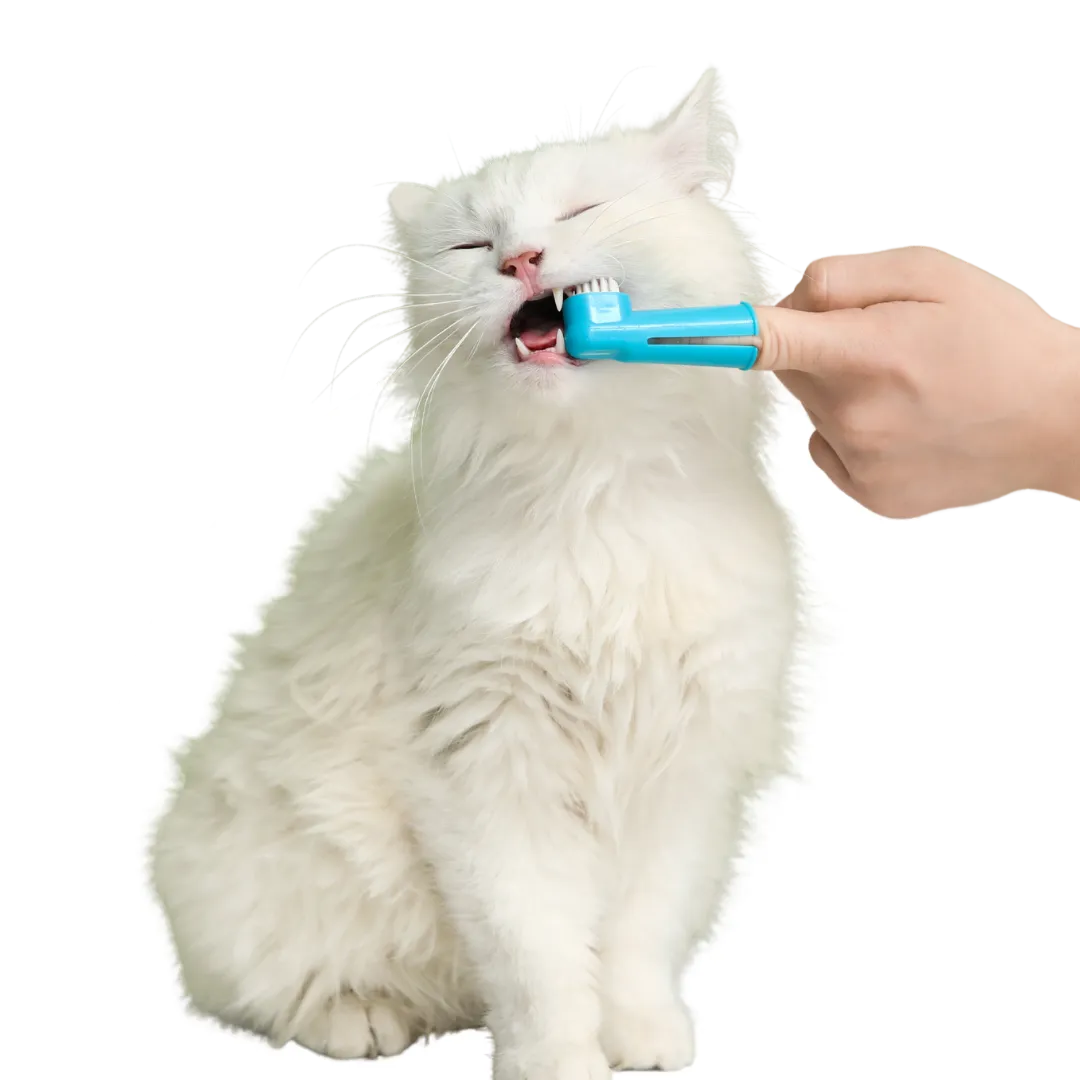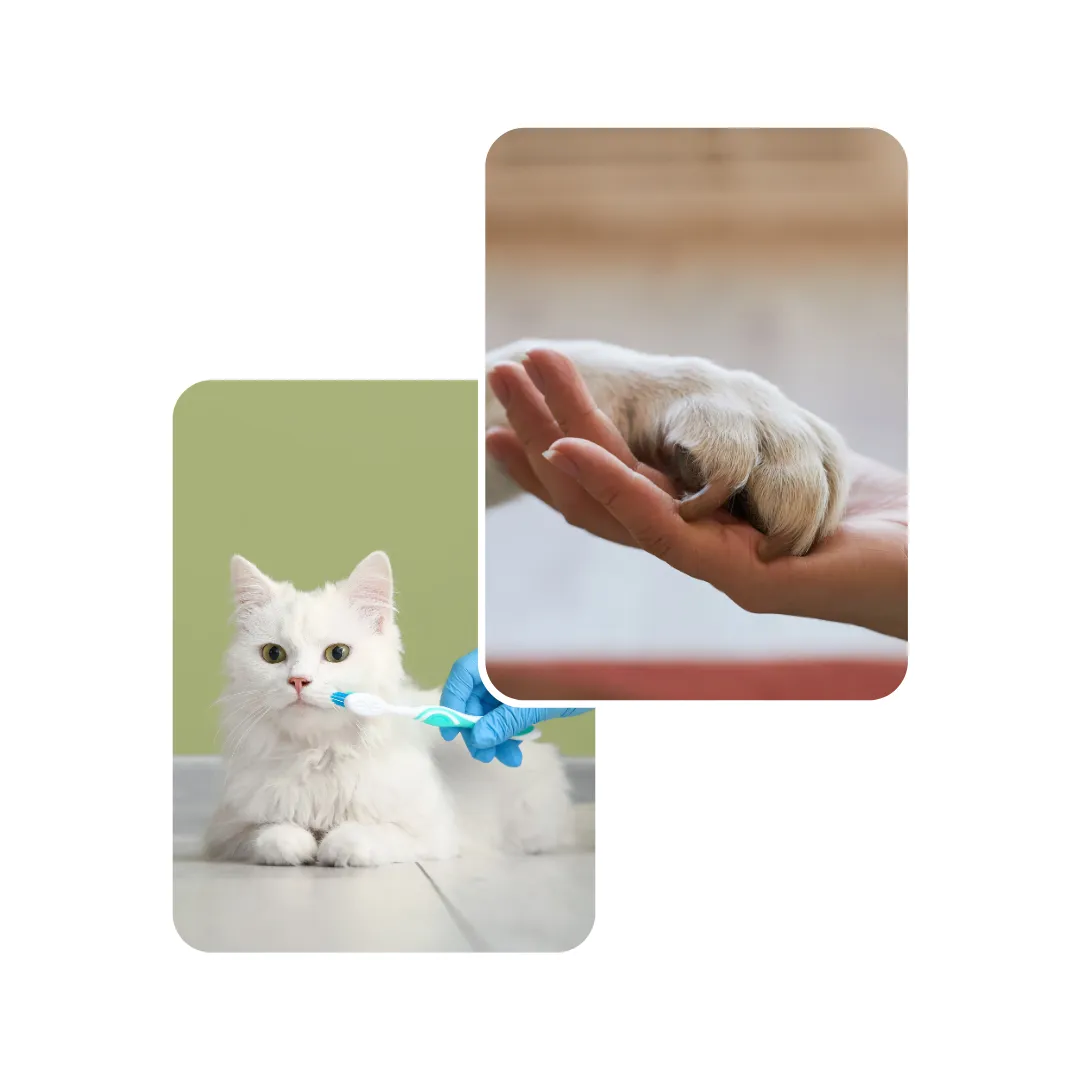
Small animals instinctively hide illness to avoid showing weakness to predators, a powerful survival trait they retain as pets. By the time symptoms like lethargy or lack of appetite become obvious, the underlying disease is often dangerously advanced. Understanding the subtle signs specific to your pet is crucial for early veterinary intervention and successful treatment.
Every animal has unique vulnerabilities. Recognizing the most common ailment for your specific pet is the first step toward preventing it.
Feline Lower Urinary Tract Disease (FLUTD) is a group of conditions affecting the bladder and urethra. It can cause painful urination, blockages, and is a life-threatening emergency if untreated. It is often linked to diet, stress, and inadequate water intake, presenting as frequent trips to the litter box, straining, or bloody urine.
Otitis Externa (Ear Infections) is a painful inflammation of the outer ear canal that is often recurrent. Typically caused by underlying allergies, bacteria, yeast, or ear mites, it leads to persistent head shaking, scratching, a foul odor, and discharge. Chronic infections can lead to severe pain and permanent hearing damage.
Psittacosis (Parrot Fever) is a systemic bacterial infection caused by Chlamydophila psittaci that is also transmissible to humans. The symptoms in birds are often vague and can include fluffed feathers, lethargy, poor appetite, and respiratory distress. Prompt diagnosis and antibiotic treatment from an avian vet are critical.
Wet Tail (Proliferative Ileitis) is an extremely serious bacterial intestinal disease, often triggered by stress, that is highly contagious and frequently fatal within 48-72 hours. It is characterized by severe diarrhea that soils the tail area, extreme lethargy, and a hunched posture. This condition requires immediate emergency veterinary care.
Metabolic Bone Disease (MBD) is a preventable nutritional disorder caused by an imbalance of calcium, phosphorus, and Vitamin D3, typically due to a lack of proper UVB lighting. It causes the bones to become soft and brittle, leading to paralysis, severe deformities, and a slow, painful death.
Respiratory Infections (RI) are common bacterial infections in snakes, usually resulting from improper husbandry such as incorrect temperatures or humidity. Signs include open-mouth breathing, wheezing sounds, and mucus or bubbles coming from the nostrils or mouth. This requires a vet visit for diagnosis and antibiotics.
Urolithiasis (Bladder Stones) involves the formation of solid mineral masses (uroliths) in the bladder, commonly due to chronic dehydration and high-protein diets. This painful condition can cause blockages, straining, and kidney damage, often requiring surgical removal.
Dysecdysis (Retained Shed) is a common issue where patches of old skin fail to shed properly, particularly around the toes, eyes, and tail tip. This is usually caused by inadequate humidity in their enclosure. The retained skin can constrict blood flow, leading to infection and the loss of digits.

Gastrointestinal (GI) Stasis is a life-threatening condition where the digestive system slows down or stops completely. It is commonly triggered by a low-fiber diet, dental disease, pain, or stress. The primary signs are a refusal to eat and the absence of fecal pellets, which constitutes a medical emergency.
Dental Disease is a prevalent and serious issue, as rabbit teeth grow continuously. A diet lacking in unlimited hay fails to wear the teeth down, leading to painful overgrown molars, abscesses, and an inability to eat. This often triggers secondary and equally fatal GI Stasis.
Meningeal Worm (Parelaphostrongylus tenuis) is a devastating parasitic infection. While the parasite is harmless to its natural host, the white-tailed deer, it migrates to the brain and spinal cord in alpacas, causing severe neurological damage, paralysis, and death. Prevention is crucial as treatment is often unsuccessful.
Shell Rot is a bacterial or fungal infection that eats away at a turtle's shell, often caused by poor water quality, a dirty environment, or an injury. It appears as soft spots, pitting, or unusual discharge. If the infection penetrates the shell and enters the bloodstream, it becomes systemic and deadly.
Chytridiomycosis is a highly infectious and devastating fungal disease that attacks the keratin in an amphibian's skin. This disrupts their ability to absorb water and electrolytes, leading to lethargy and death. It has been a major cause of amphibian population decline worldwide.
Reacting to a crisis is stressful and expensive. A proactive framework is key to your pet's health.
You are the expert on your pet's "normal." Conduct a daily wellness check. Look at their eyes, nose, posture, and energy levels. Monitor their eating, drinking, and bathroom habits. Any deviation from their established baseline is your first clue that something may be wrong.
Over 90% of health issues in exotic pets are a direct result of improper care. Your top priority is to provide a species-perfect environment. This means correct temperature gradients, humidity levels, UVB lighting where required, and a diet that mirrors what they would eat in the wild. This single factor is the most powerful preventative medicine you have. For more on this, check out the resources from the Merck Veterinary Manual.
Do not wait for an emergency to find a veterinarian. For any animal other than a cat or dog, you need a specialist. Find a qualified exotic pet veterinarian in your area before you need one. Establishing your pet with the clinic through an initial wellness exam means they will have a baseline health record, making it much easier to diagnose problems later on.
Follow these golden rules to lay the foundation for a long and healthy life for your companion.
The most important step happens before you even get your pet. Understand the full scope of their needs, lifespan, dietary costs, space requirements, and potential medical issues. A pet is a lifelong commitment, not an impulse purchase.
Good health starts with nutrition. A rabbit's diet should be 80% hay. A cat is an obligate carnivore. A tortoise needs specific leafy greens, not just lettuce. Do not compromise on diet; it is the fuel for their immune system and overall well-being. Looking for quality pet food? Explore our nutritional options for small animals.
A sterile box is not a home. Replicate your pet's natural habitat as closely as possible. This includes providing the correct substrate, hiding spots, climbing opportunities, and other forms of enrichment. A mentally stimulated animal is less prone to stress-related illnesses.
For small animals that hide illness so well, an annual check-up with a qualified vet is not optional. A hands-on examination, fecal test, and blood work can detect underlying problems like organ dysfunction or parasites long before your pet shows any outward signs of sickness.
A clean enclosure is critical for preventing disease. Establish a routine for daily spot cleaning and weekly deep cleaning. Remove uneaten food, scrub water bowls, and ensure the environment is free from bacteria, mold, and fungus that can cause respiratory or skin infections.
The earliest signs are often subtle changes in behavior. Your rabbit may become lethargic, refuse its favorite treat, or sit in a hunched position. The most critical sign is a change in fecal output—either the pellets become very small and dry, or they stop appearing altogether. This is a veterinary emergency that requires immediate attention.
Hair loss in hamsters can have several causes. Common culprits include skin mites, ringworm (a fungal infection), nutritional deficiencies from a poor diet, or stress from an inadequate environment. It's impossible to diagnose at home, so a visit to a vet experienced with small rodents is necessary to determine the cause and get the right treatment.
While a single episode of vomiting can be minor (like a hairball), you should see a vet immediately if the vomiting is continuous, contains blood, or is accompanied by other signs of illness like lethargy, diarrhea, or lack of appetite. Given Malaysia's hot climate, dehydration from vomiting can happen quickly.
When searching for a klinik haiwan eksotik KL, look for clinics that specifically list "Avian and Exotic Animal" services. The veterinary teaching hospital at Universiti Putra Malaysia (UPM) is also a highly respected resource. Calling clinics beforehand and asking about their experience with your specific species is a crucial step.
Heatstroke is a critical emergency. Key signs include excessive and frantic panting, thick and sticky saliva, bright red gums and tongue, dizziness, and vomiting. If you see these signs, immediately move your dog to a cooler area, apply cool (not ice-cold) water to their body, and rush them to the nearest vet.
Absolutely not. You must never give your guinea pig or any other small animal medication intended for humans. Many human drugs, especially painkillers like Paracetamol, are highly toxic to them and can cause liver failure and death. All medications must be prescribed by a qualified veterinarian.
It is one of the most significant warning signs. Birds fluff their feathers to trap air and conserve body heat when they are cold or feeling unwell. While they might do it briefly if there's a draft, a bird that sits fluffed-up for prolonged periods, especially with other symptoms like lethargy or sitting at the bottom of the cage, is very likely sick and needs to see an avian vet urgently.